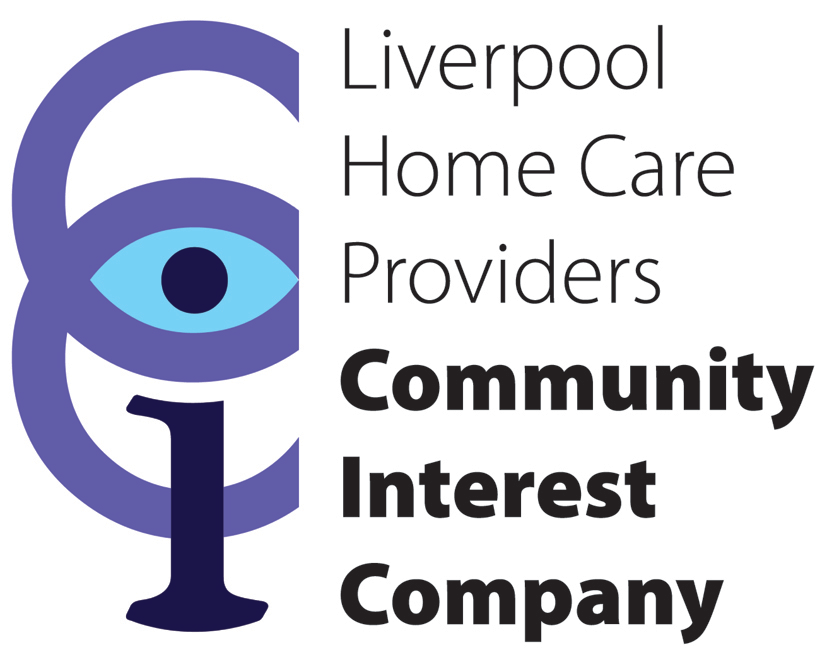It doesn’t matter who we are or what we do technology is all around us. In my lifetime I have seen the invention of the internet and mobile phones, two items which have revolutionised the way in which we communicate and learn. As our understanding and acceptance of technology has grown in our daily lives, so too has our adoption of it in our workplace. But for those of us working within social care is the sector ready to embrace technology and will it can drive up quality and improve standards of care?
Can technology support social care, given its complexity and challenges, including an ageing population and a greater demand for more complex care against a backdrop of diminishing budgets and a looming recruitment crisis? Technology enabled care known as TEC involves the integration of health technology, digital, media and mobile devices. It enables all of those involved in an individual’s care, social worker, care provider and healthcare professionals as well as the individual and their family to access information more easily and improve the outcomes of both health and social care.
There is no doubt that demand for services is at odds with current social care funding with no indication of things improving in the short term. Indeed, the total cost of Adult Social Care in England in 2017/18 was £17.9 billion an increase from the previous year with the largest increase due to long term support. Adult Social Care Activity and Finance Report, England -2017-18. If demand for long term care continues to rise at a rate which is out of kilter with budgets then the risks to other services including the NHS increases at an unsustainable rate, more so than the current problem.
There is an argument that technology is the key to the problem and that using it in social care more people can be supported to have more control over their care and to live their lives more independently. But is the sector ready for a move away from traditional hands on care to a more remote method of providing care to those who need it and how can the sector be sure that the technology is both needed and will deliver the right outcomes which reduce risk and liability for providers?
If technology is to work effectively in social care, products need to be co designed with both service users and providers include the workforce that will use them. Many service users particularly older people are not as accustomed to the world of technology as most of us. Their fears about these technologies whilst they may seem trivial to us, are very real to them. They need to feel confident that technology will improve their wellbeing, be reliable and will increase their level of independence to maintain a normal life.
The transition for the workforce from hands on to a more remote method of care can be equally challenging. They need to feel confident in the use of the technology and to be able to see how it can improve their role and efficiency. There is no doubt that the introduction of technology has a cost attached to it some of which sit outside of the cost of the actual product. Staff training, changes to policies, procedures and systems updates are all things which will have a significant cost initially to the provider. What needs to be considered is the long-term benefits and efficiencies of technology and the difference it can make to the quality of life of service users if the product is right. I am an optimist and do believe that there is a place in social care for technology if it can deliver the right outcomes which really make a difference for the service user and providers. However, there need to be much more integration between technology developers and providers to ensure that products are not designed and produced in isolation. To make technology interface with social care we need to be confident in the product to ensure that they are right for the market and achieve tangible benefits.
Ann Mylie
Service Improvement Manager
Merseycare Julie Ann






